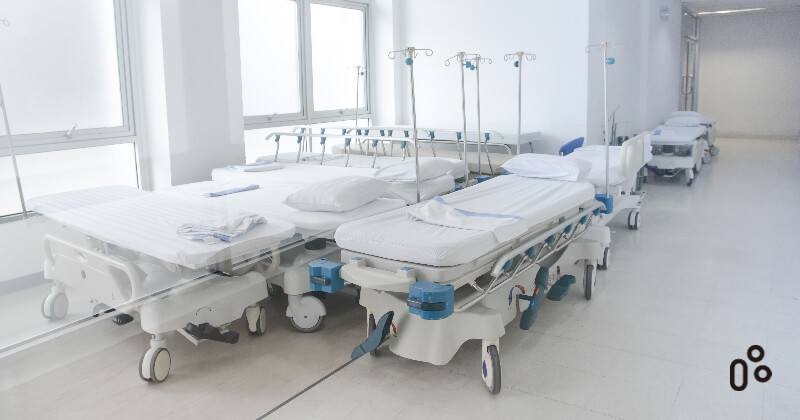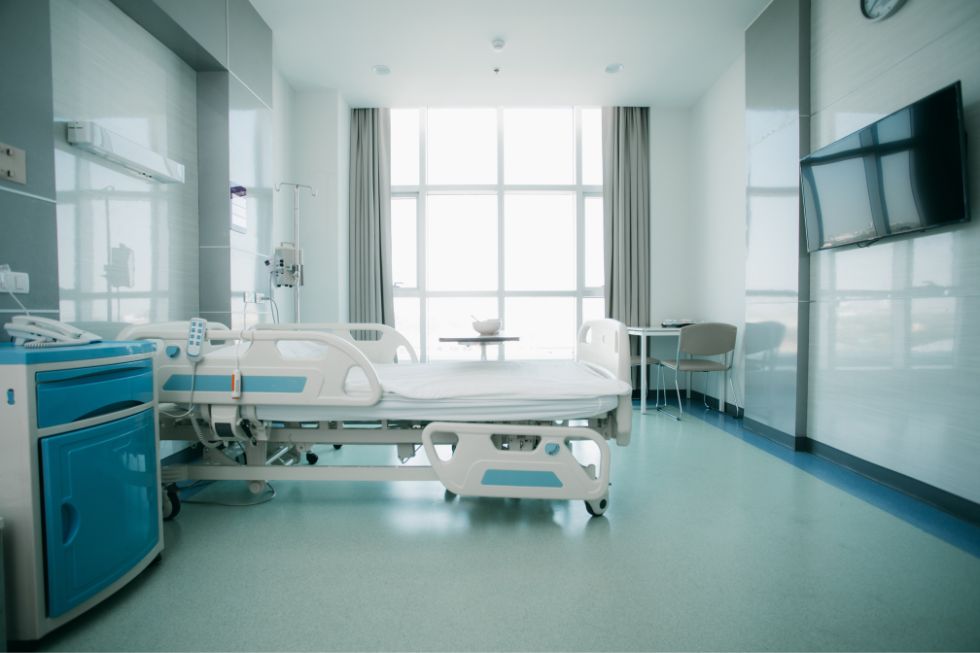Not known Facts About Hospital Beds For Home Use
Table of ContentsSome Ideas on Hospital Beds For Home Use You Need To KnowHospital Beds For Home Use Can Be Fun For AnyoneThe Best Guide To Hospital Beds For Home UseGetting My Hospital Beds For Home Use To WorkThe 5-Second Trick For Hospital Beds For Home UseAll about Hospital Beds For Home UseThe smart Trick of Hospital Beds For Home Use That Nobody is Talking About
There are 3 primary types of healthcare facility beds: manual, semi-electric, and fully-electric. These beds utilize hand cranks to readjust the bed's elevation and increase and decrease the head and the foot.
Semi-electric beds have an electrical motor to increase and decrease the head and foot sections of the bed. Patients and caregivers readjust the placing by pushing buttons making use of a hand necklace. The height of the bed is adjusted manually with a hand crank. Full-electric beds have an electric motor that can raise the head and foot sections of the bed along with the whole elevation and positioning of the bed.
Hospital Beds For Home Use - The Facts
Some models can also relocate into even more placements, such as the Trendelenburg (tilt) setting. There are several kinds of hospital beds, each made to satisfy specific client demands. Here are some common kinds: This is one of the most common kind of health center bed, created for general medical usage. It has a handbook or electrically adjustable headrest, footrest, and elevation.
Lower to the ground than a common bed. This kind of bed is created for larger clients, with a bigger frame and greater weight capability than a common bed.
This kind of bed is designed for critically sick patients that call for open monitoring and specialized medical tools such as ventilators and mixture pumps. This kind of bed is designed for usage throughout labor and distribution, with flexible settings and functions to sustain the mommy and baby during the birth process.
Get This Report about Hospital Beds For Home Use
Several function and the accessories execute expanding traction to various parts of the vertebra and the extremities without moving the human body. These are just a couple of instances of the types of medical facility beds offered. The certain sort of bed utilized will depend on the individual's condition, medical demands, and various other aspects.
Right here is things you need to understand. A one-function health center bed is a medical bed that allows a client to move only the head or foot section up or down. A 2 feature health center bed commonly describes a kind of clinical bed that has two flexible functions to aid individuals in health centers or treatment centers.

Some Of Hospital Beds For Home Use
A 7-function ICU bed is a type of medical bed that provides a number of adjustable functions to sustain critically sick individuals in an extensive care system (ICU) (hospital beds for home use). The 7 functions commonly consist of: Back-rest change: The backrest can be adapted to different angles to assist the person sit up or lie down comfortably
Height adjustment: The bed can be increased or reduced to make it much easier for clients to obtain in and out of bed, and for caregivers to offer care. Trendelenburg setting: The whole bed can be tilted to promote blood circulation and circulation in the body. Reverse Trendelenburg placement: The bed can additionally be slanted in the contrary instructions to promote blood flow and circulation in the top body.
While more economical than electrical designs, these beds require exertion for adjustments. The main benefits of hands-on beds are their affordability and integrity, as they do not count on electrical power. Nevertheless, the requirement for manual initiative can be a limitation in situations where fast changes are required or where caregivers face physical difficulties.
Not known Details About Hospital Beds For Home Use
Semi-electric hospital beds provide a balance of handbook and electrical controls. These beds provide an optimal middle ground between guidebook and completely electrical choices, providing convenience of usage without the more info here complete cost of electric models.
Semi-electric beds are appropriate for clients who need moderate adjustments to the head and foot areas however can handle without regular height adjustments. This makes them a cost-effective solution for those looking for comfort and comfort without the requirement for constant repositioning. Totally electrical hospital beds include electrical controls for smooth adjustments to the height, head, and foot areas.
Specialized medical facility beds, such as ICU beds, long-term care beds, and bariatric beds, are meticulously created to address specific clinical requirements. These beds offer tailored treatment for diverse patient teams, improving both outcomes and convenience. In the adhering to areas, we will discover the primary kinds of specialty hospital beds, detailing their specific benefits and applications.
With years of experience in making electric straight actuators - hospital beds for home use and close partnership with the health care sector, TiMOTION is well-positioned to offer dependable health care solutions. Our up and down integrated firm handles every action of the manufacturing procedure, from style to actuator assembly, ensuring we supply extraordinary value and tailored solutions tailored to Home Page your certain needs
The Hospital Beds For Home Use Ideas

To get more information regarding incorporating these technologies into your items, contact us today. Additional analysis:.
Data is sourced from the Medicare Cost Record. Accessed January 2025. Short-term severe care healthcare facilities have the greatest average number of beds at 187. They are the most common kind of hospital in the U.S. and comprise more than 50% of united state healthcare facilities. Kid's medical facilities have 178 beds typically and VA healthcare facilities average 175 beds.

Excitement About Hospital Beds For Home Use
A health center bed is a bed made specifically for medical functions. It is not just a location for patients to rest, but also a platform for clinical operations. Unlike normal home beds, health center beds usually have flexible functions, which can facilitate clinical team to make different modifications according to the requirements of people, such as changing the height, inclination, and assistance angle of the back and legs of the bed.